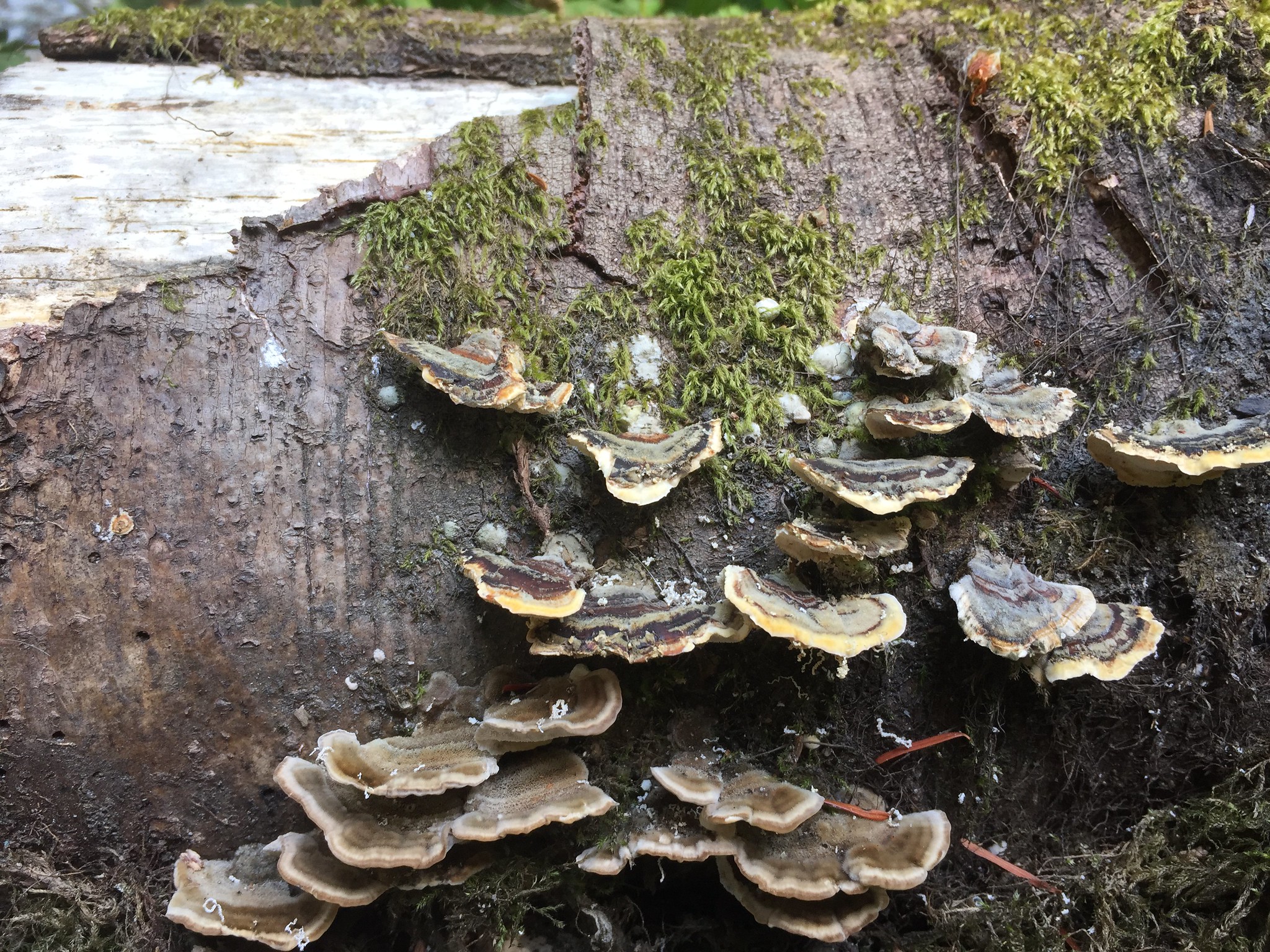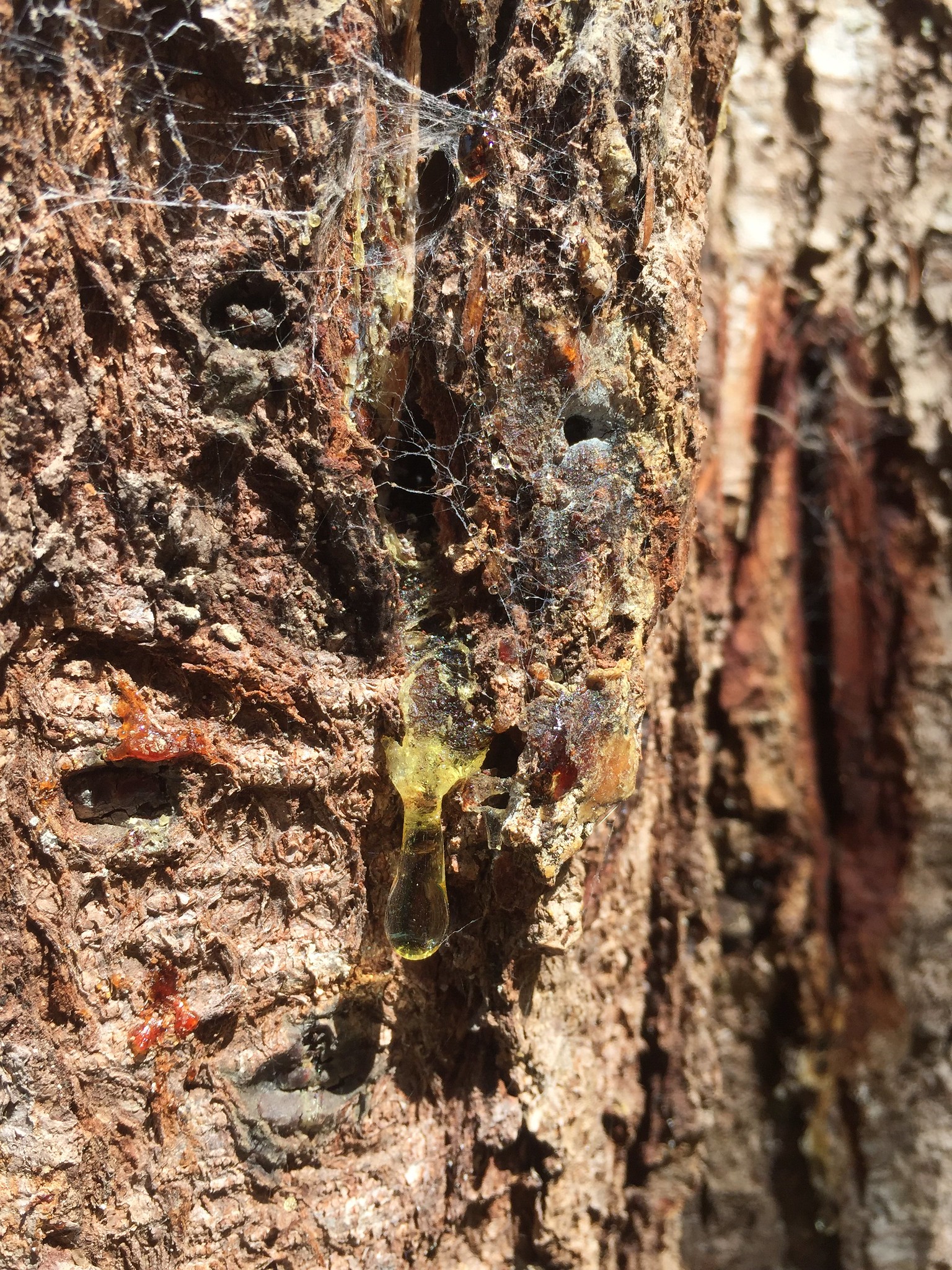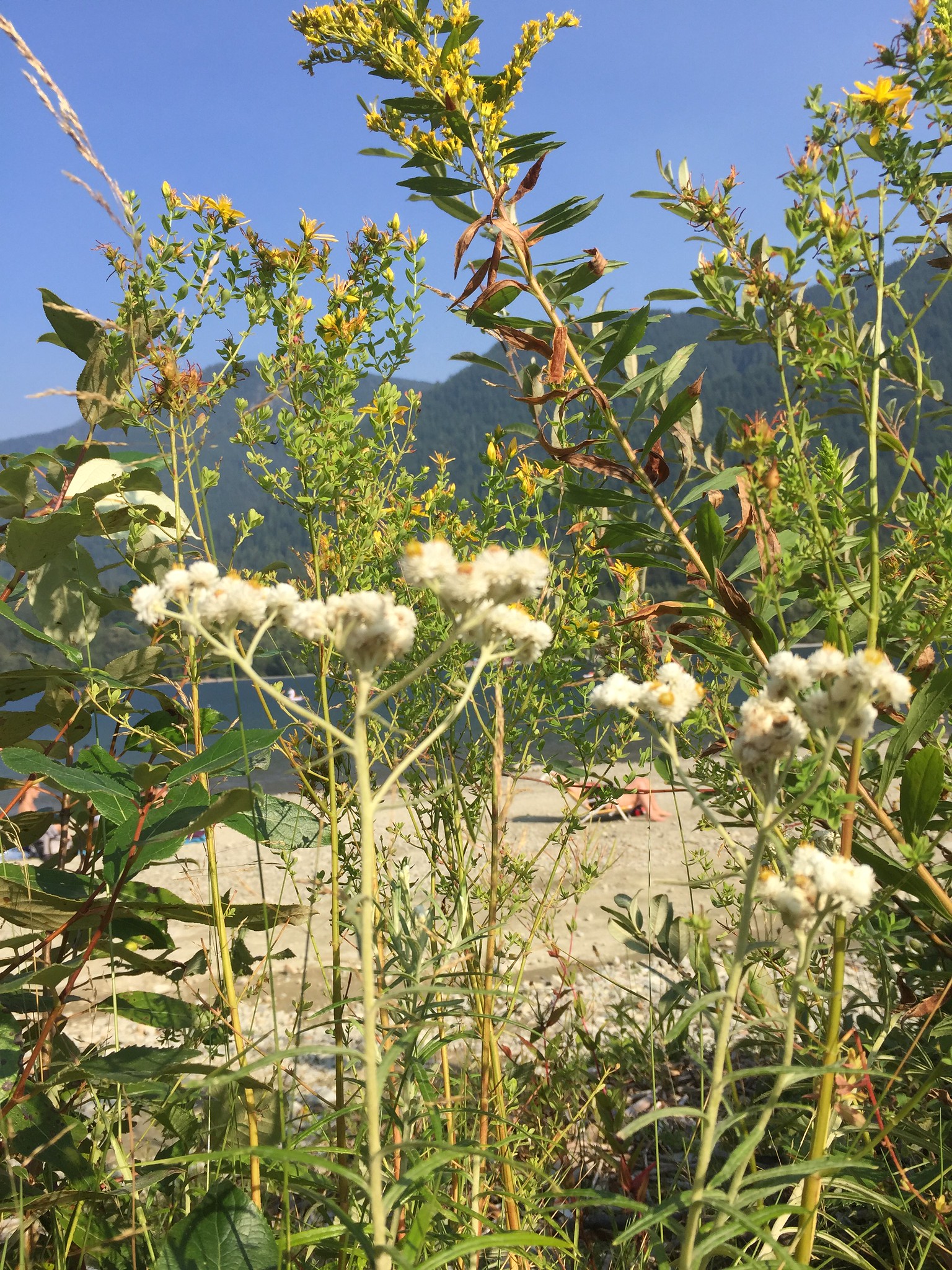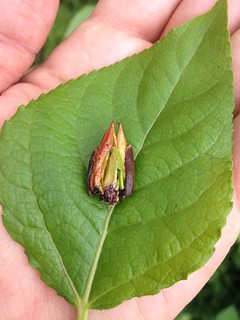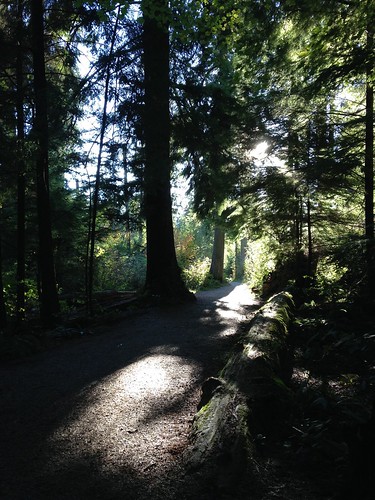Forest Medicine
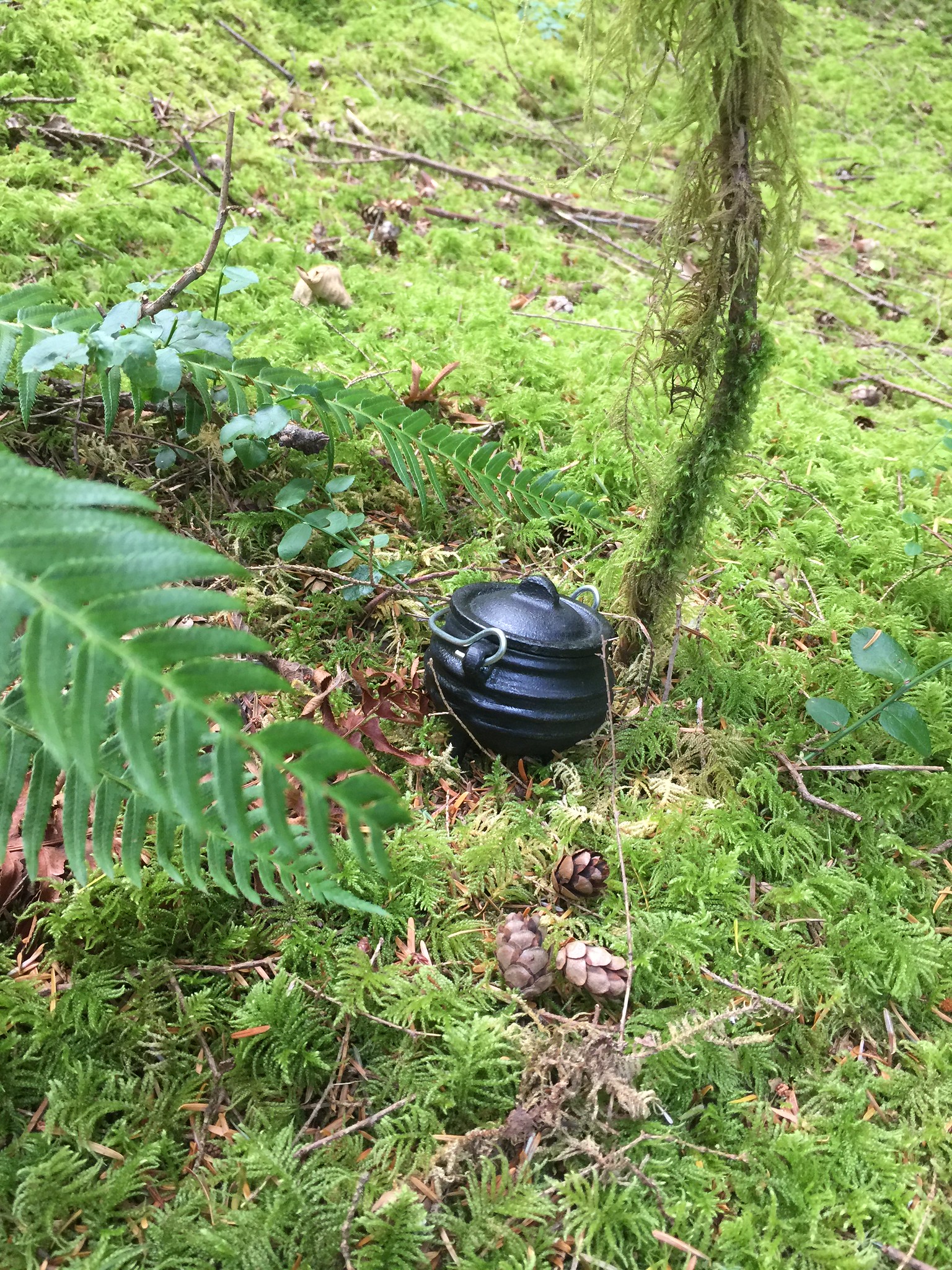
Anywhere in nature, including deep in the woods, the trees teach us self-healing and the plant-teachers provide medicines for body and soul. I brought my little witch cauldron to burn incense (redcedar chips and Palo Santo) without risk of burning the forest with me.
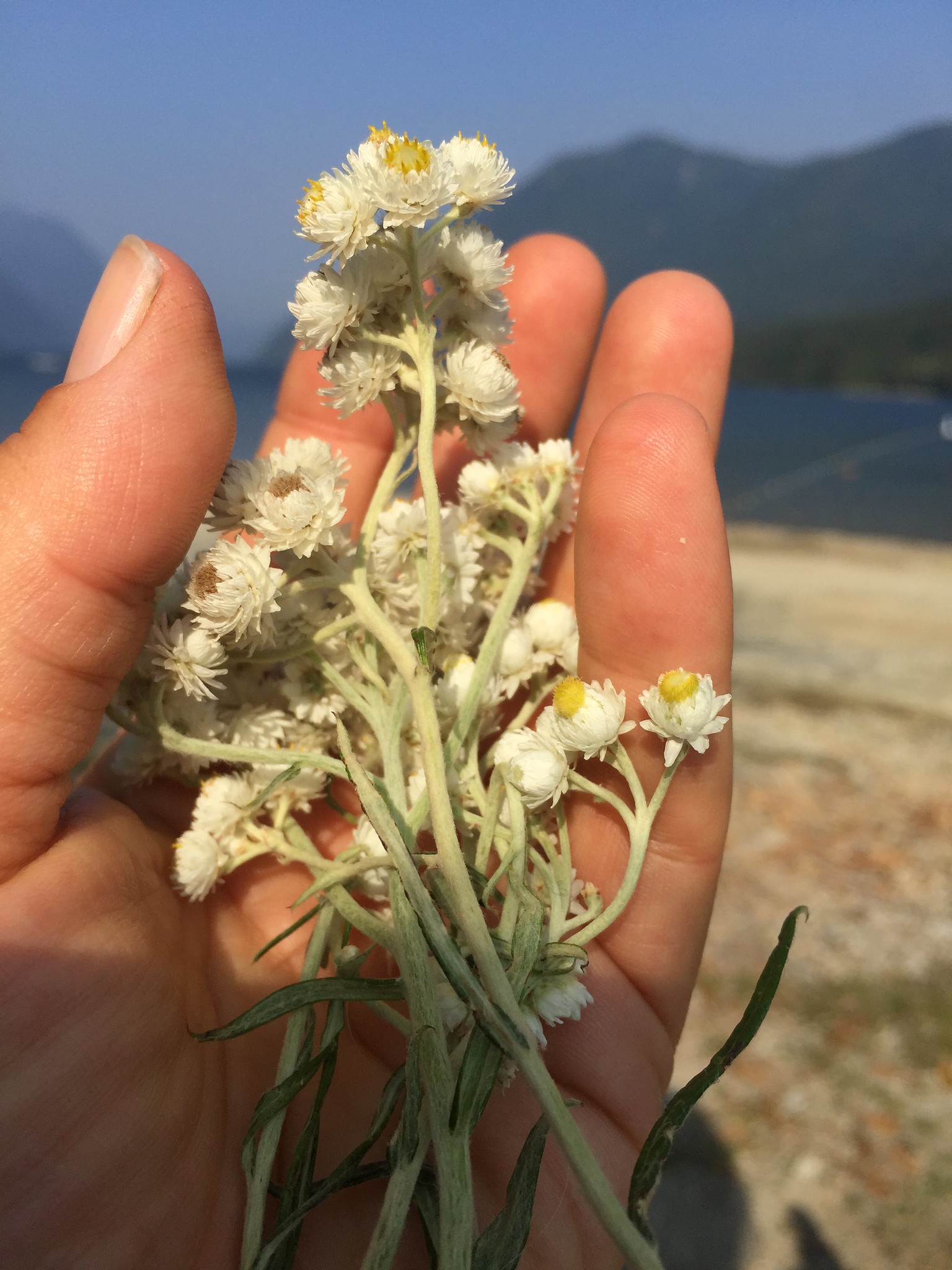
Next to it also grows St. John's Wort (Hypericum perforatum), the world one and only incredible medicinal plant that can actually treat depression. It is why it is so heavily regulated in the USA, because it's properties would threaten the existence of fluoxetine (or in its famously known brand name, Prozac) and other very profitable antidepressants. Additionally, St. John's Wort oil extract (an oil infusion that has a deep red colour) is used for treating skin diseases such as eczema and also joint pains. This is a powerful plant, and must only be used with the guidance and supervision of a licensed Herbal Medicine practitioner. Some of the side effects known for St. John's Wort are photo-toxicity (burns upon exposure to sun), and counter-acting certain drugs.
Last but not least, the shiny green leaves (more at the bottom of the pic) are those of Black Cottonwood, AKA Western Balsam Poplar (Populus trichocarpa), which contains salicin (the aspirin compound that also present in willowbark). The buds' extract (either in oil or alcohol) is also used medicinally, mostly as an anti-infalmmaroty, especially for joint and muscle pain. A salve can also be prepared from the oil infusion. Also it smells great - sweet-balsamic and ambery, which makes it a good medicine for the soul. I used it in Komorebi perfume to create the beautiful amber-like scent of the rain forest in autumn.
Labels: Alouette Lake, Balsam Poplar Buds, Black Cottonwood, Golden Ears, Inspiration, Mushrooms, Pacific Northwest, Pearly Everlasting, Plant Medicine, Rainforest, Spruce Pitch, St John's Wort

